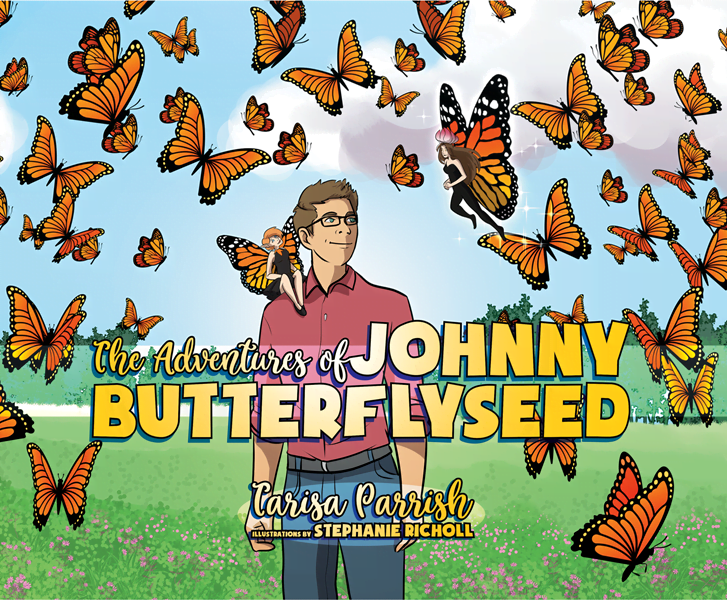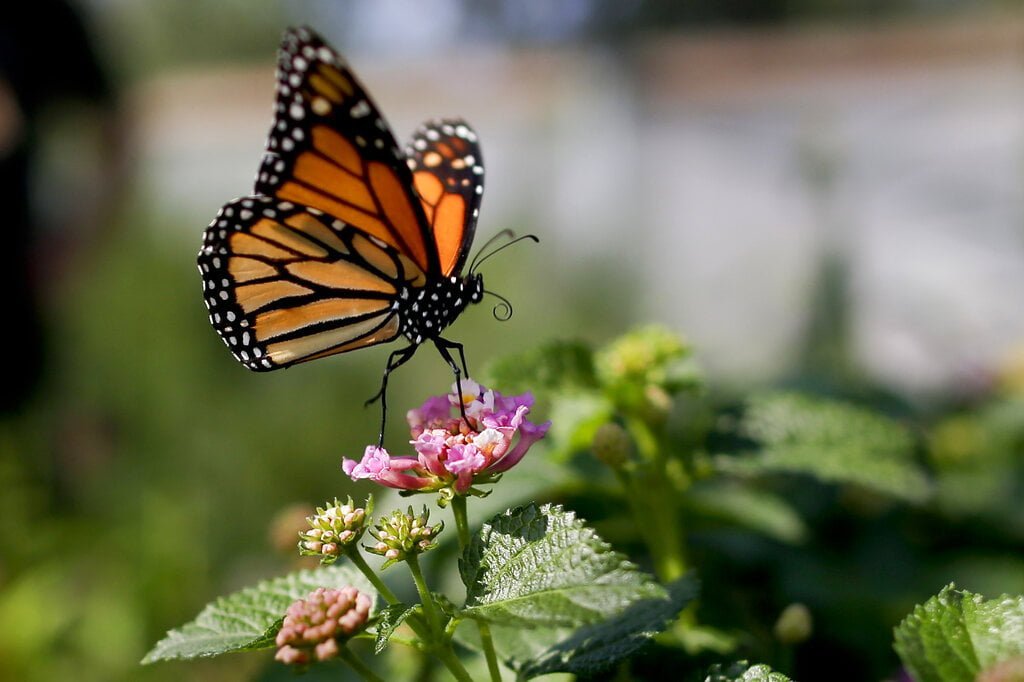California is home to a wide range of butterfly species, each with its own specific larval host plant requirements. Here are some of the most important butterfly larval host plants in California:
1. Milkweed (Asclepias spp.): Milkweed species are crucial larval host plants for several butterfly species, including the iconic Monarch (Danaus plexippus) butterfly. California provides important breeding grounds and migration routes for Monarchs, and various milkweed species such as California Milkweed (Asclepias californica) and Showy Milkweed (Asclepias speciosa) are essential for their caterpillars.
2. Buckwheat (Eriogonum spp.): Buckwheat plants serve as host plants for a variety of butterfly species, including the California Tortoiseshell (Nymphalis californica) and the Acmon Blue (Plebejus acmon). Different species of buckwheat, such as Sulphur Buckwheat (Eriogonum umbellatum) and St. Catherine’s Lace (Eriogonum giganteum), are important for supporting these butterflies.
3. Lupine (Lupinus spp.): Lupine species are host plants for multiple butterfly species, including the Endangered Mission Blue (Icaricia icarioides missionensis) and the Variable Checkerspot (Euphydryas chalcedona). Several Lupinus species, such as the Sky Lupine (Lupinus nanus) and the Silver Lupine (Lupinus albifrons), play a crucial role in the life cycle of these butterflies.
4. California Pipevine (Aristolochia californica): The California Pipevine Swallowtail (Battus philenor) depends on the California Pipevine as its exclusive larval host plant. This vine, with its distinctive heart-shaped leaves, is crucial for the survival of this butterfly species.
5. California Sycamore (Platanus racemosa): The Western Tiger Swallowtail (Papilio rutulus) butterfly relies on California Sycamore as its primary host plant. These large deciduous trees are found in riparian habitats throughout California.
6. California Lilac (Ceanothus spp.): Several species of butterflies, including the Silvery Blue (Glaucopsyche lygdamus), utilize various California Lilac species as larval host plants. California Lilac shrubs and small trees are common in many regions of the state.
7. Mallow (Malva spp.): Mallow plants are important host plants for several butterfly species, including the Checkered White (Pontia protodice) and the Common Buckeye (Junonia coenia). Various Malva species, such as the Common Mallow (Malva neglecta) and the Island Mallow (Malva assurgentiflora), support these butterflies.
These are just a few examples of the important butterfly larval host plants in California.
Protecting and preserving these native plants is essential for maintaining the diverse butterfly populations and supporting the overall ecological health of the state… one day at a time!

The Adventures of Johnny Butterflyseed – Author Signed First Edition Children’s Book
Save the monarchs!
Johnny Butterflyseed and his fairy friend, Raven Silverwing, embark on a mission to save the rapidly disappearing butterflies. They enlist the help of Queen Venus Goldwing and her kingdom of monarchs to educate and inspire kids to become butterfly farmers. At first, Johnny faces his own internal struggle with self-doubt and fear in his ability to make a difference, but then soon develops a mindset that allows him to not only get started, but also make progress one day at a time. Through challenge after challenge, Johnny learns that he is not alone in his mission and that there are many people who want to help. Together, Johnny, Raven, and Queen Venus educate thousands of children on becoming butterfly farmers.
